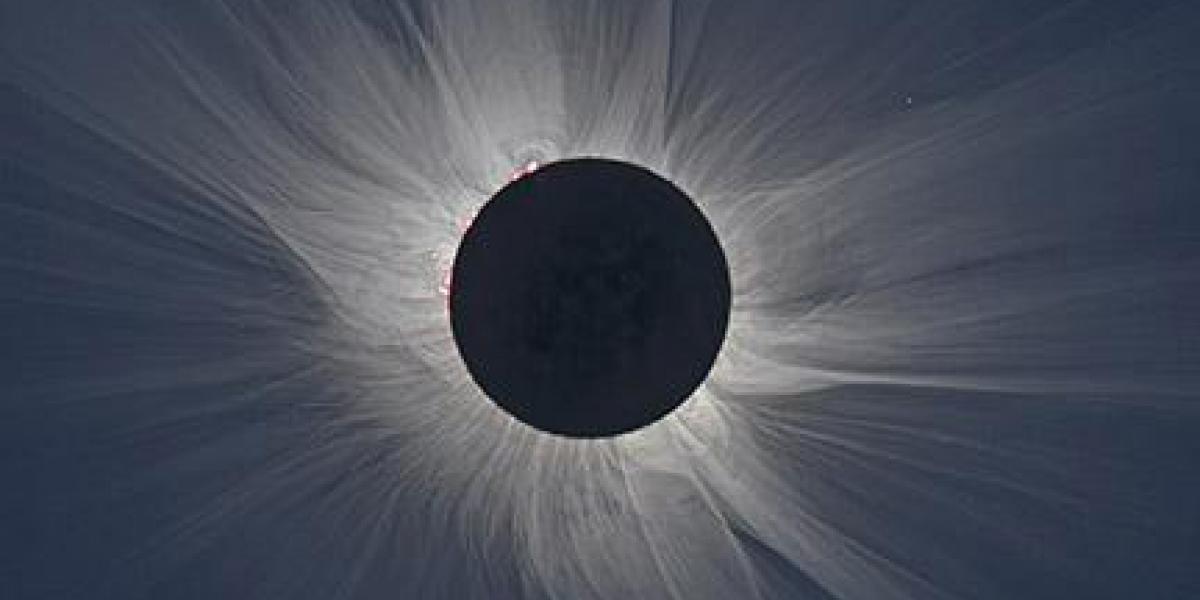Submitted by Alusiv on
If you were lucky enough to reside in a diagonal zone crossing the US from Salem, Oregon, to Charleston, South Carolina on Monday, August 21, 2017, you were able to observe a total solar eclipse. Every other American state had a at least view of a partial solar eclipse. This is the first time since 1918 that the U.S. has been able to view a total solar eclipse coast-to-coast.
“Solar Eclipses Happen when the moon moves between Earth and the sun. You might think that this should happen every month since the moon’s orbit, depending on how it is defined is between about 27 and 29 days long. But our moon’s orbit is tilted with respect to Earth’s orbit around the sun by about five degrees. Not much, you say? Yes, but the moon, itself, is only about ½ degree in width in the sky, about ½ the width of your pinky finger held at arm’s length. So, sometimes the moon misses too high and sometimes too low to cause a solar eclipse. Only when the sun, moon, and Earth line up close to the “line of nodes”, the imaginary line that represents the intersection of the orbital planes of the moon and Earth, can you have an eclipse.”
Check out NASA’s Flickr archive of pictures and videos here.
Photo above: S. Habbal, M. Druckmüller, P. Aniol




